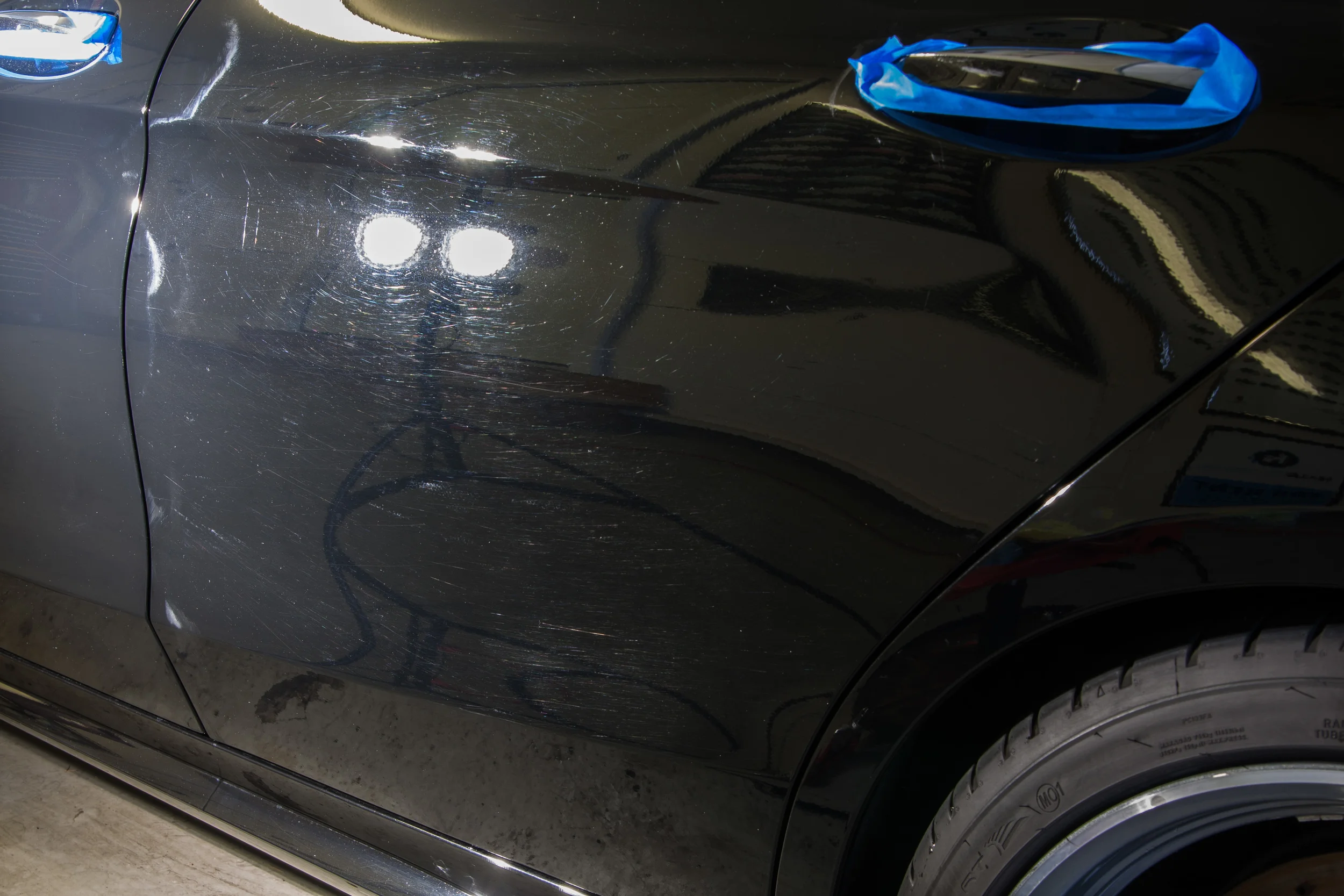The owner of this S4 takes pretty good care of it, and has the advantage of a heated garage with softened water. Despite being able to hand wash this car in the winter, it had still accumulated a fair amount of defects from daily use. It also had a substantial amount of polish or wax residue on the clearbra edge. Because this is a daily driver, the owner opted for an intensive polish of the exterior to remove the majority of the defects and increase the clarity and gloss of the paint. This was followed by a silica based spray sealant that will last 4-6 months.
Process
- Wheels and tires cleaned with Meguiar's DUB wheel cleaner and Megs D108
- Prefoamed with CG citrus wash + Gloss and Bilt hamber Surfex HD
- Hand wash with CG citrus wash daily
- Polish residue was removed PPF edges with APC, IPA, soft brushes and towels
- Mechanically decontaminated with traditional clay bar
- Paint was polished with HD Polish+ on a 21mm DA with rupes yellow pads
- Tight areas were corrected with HD Polish+ on a flex 3401 with LC white hybrid pads
- Paint was protected with Carpro Reload
- Tires were dressed with carpro PERL
- Trim and wheels protected with carpro hydro2
- Exhaust cleaned with pinnacle exhaust cleaner and brightener

































































































